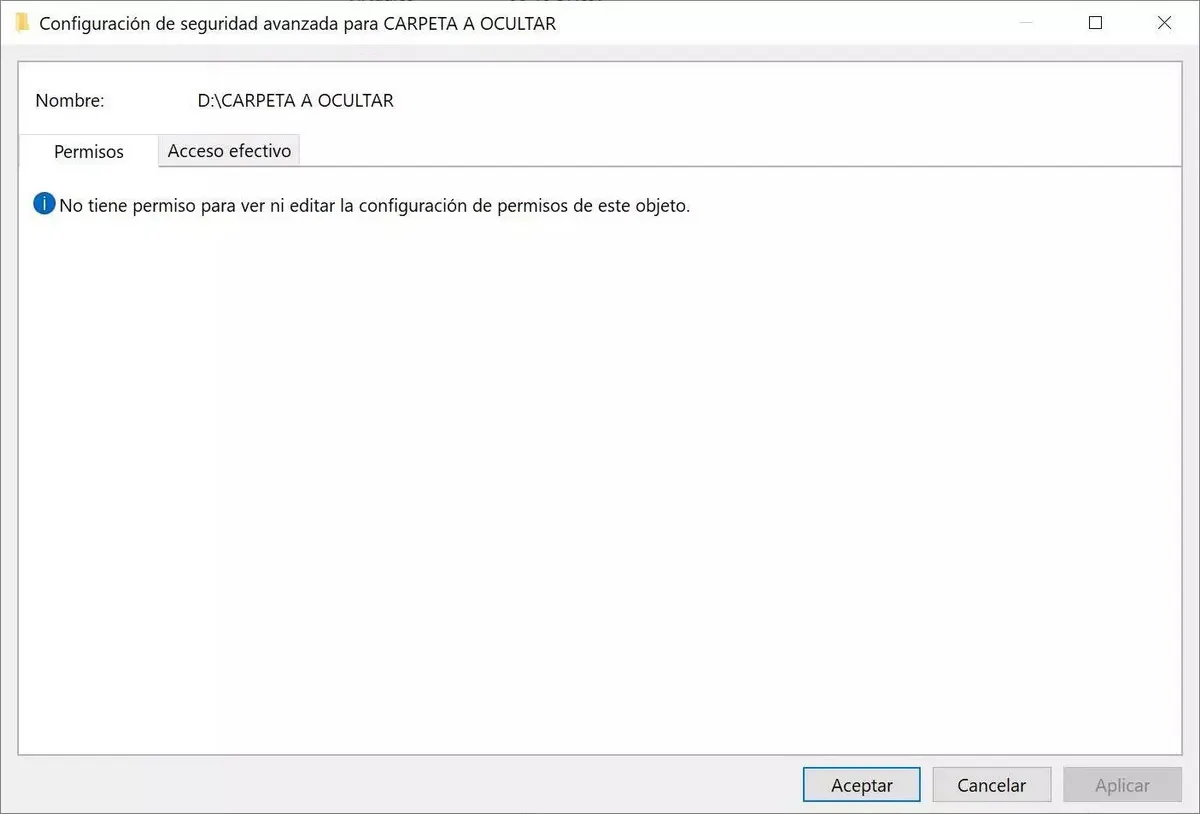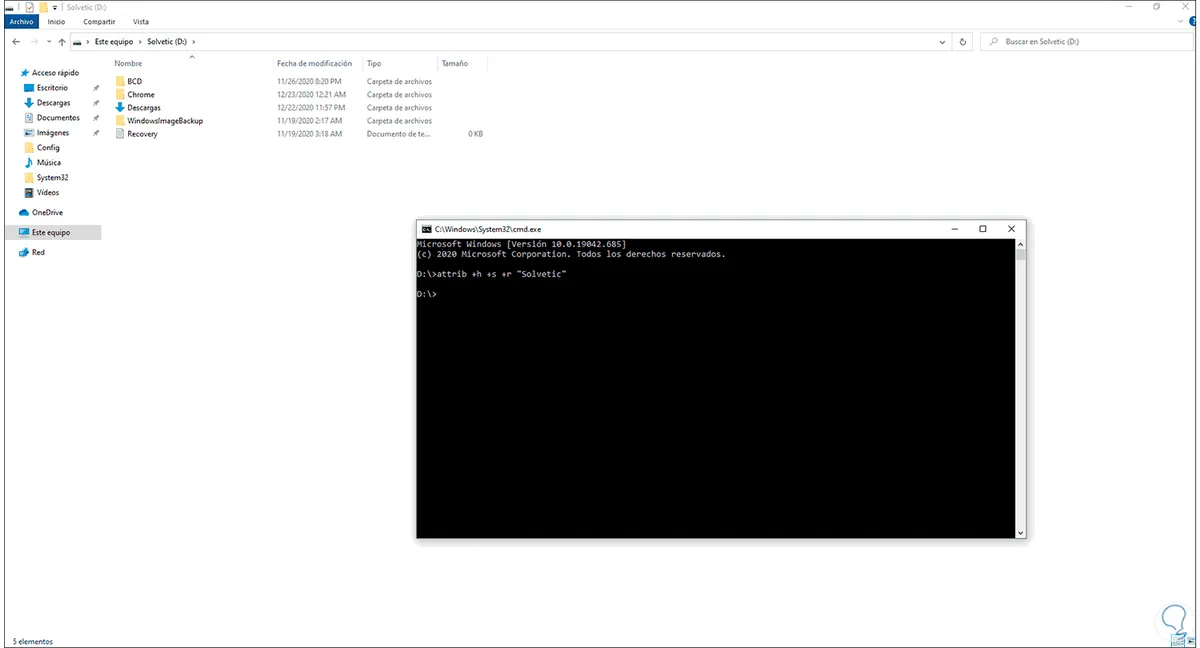
Hide folders in Windows It is a security mechanism to protect files and documents that we store on our computer. The Windows operating system offers, in a simple way, the possibility of making some folders “hidden”, so that they will not be visible to the rest of the users unless they know how to highlight them.
In case you can't create a guest user account, hiding folders can allow them to browse your computer without seeing certain content. We tell you how to hide the content and what privacy and security options exist in Windows to hide files or entire folders in a simple way.
Hiding is not putting a password
Do not confuse the process of hiding folders in the system, with the access lock by security key. When we put a password on a file, it's because we really don't want others to open it. On the other hand, by hiding folders in Windows we can prevent someone from accidentally modifying an important system file. Understanding this difference, we will tell you step by step how to create invisible folders in windows so that you throw there the content that you do not want other users to see.
Create invisible folders on the desktop
With the following steps, you can create an invisible folder on the Windows Desktop:
- Create a folder by clicking the right mouse button and selecting New – Folder.
- Replaces the name with the ASCII character obtained by pressing ALT + 255.
- Access Properties with the right click and in the Customize tab select Change icon.
- Choose one of the blank icons among the images.
This folder that we created, only we will know that it exists. For another user to detect it, they have to drag the mouse around the screen until they detect the presence of a folder. It is advisable to place it in an empty area of the desktop, where there are no other icons.
Hide files and folders within a directory
The Windows operating system does not show hidden system files by default. We can configure File Explorer to show them, and we can also use this functionality to create hidden files and folders on the Desktop.
To hide a file or folder, we access the Properties with the right mouse button, and select the Hidden box. With this simple step, the folders and files will only be shown if we have checked the option to see hidden items in the explorer.
Hide Windows folders via command line
Through the System Symbol (CMD) we can save files and folders inside a directory that is not available from Windows. This process lets us navigate to the directory and store a hidden file.
- At the Command Prompt type CD directory name.
- If we want to navigate to a lower directory, type CD...
- Type the command Attrib +h to hide a file. For example Atribb +h Document.
- To make the file visible again, type Attrib –h Document.
- If we want to hide a file, the process is the same but we must include the name of the file and its extension format.
Benefits of hiding folders in Windows
The main benefit of hiding a folder or file in Windows, is that the information will be safe from prying eyes. Although the folder can still be opened, and does not require an access code, to detect its existence the curious have to modify all the configuration of our device.
Another advantage of hiding folders is that we we will be able to access its content without problems. Since we will know where the access icon is located. Navigating there will only be a trial and error exercise for a curious user. They can hardly run into her out of curiosity.
Hide folders in Windows with applications
If you don't want to use the mechanisms offered by the operating system, there are also programs specifically designed to hide folders. Alternatives like Easy File Locker, Lock and Hide Folder or Wise Folder Hider they give us the quick option of making entire files and folders invisible.
They add other extra options, such as access restriction, limitation for editing files or even for their deletion. Its operation is quite similar, since they have a quick interaction interface and drag to select the files to hide.
Conclusions
The mechanisms of hiding folder and files in Windows they are an alternative to maintain the privacy of your computer. If you have Windows 10 or Windows 11, the process is highly intuitive and very simple. In addition, the tools developed by third parties have great performance and extra options to disable access to curious users.
If you are concerned about privacy on your computer, and you want to have your files protected and hidden, you can try using this feature. Windows offers the possibility of hiding files from its default configuration, but there are more complete and even superior alternatives with third-party apps.
